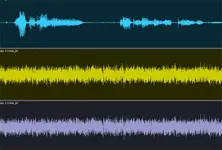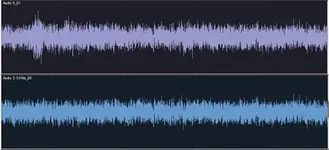A
asoussa
New member
Hey,
I have a wav file with 2 type of noise Background & Hiss/Hum plus the audio gain os low!! Complicated!!
Any way, I tried to use the demo version from CoolEdit PRO which looks it can do something good but lots of parameters which i got lost among it!!
Any one can help how I can proceed?? Any guide?
Appreciate your feedback
I have a wav file with 2 type of noise Background & Hiss/Hum plus the audio gain os low!! Complicated!!
Any way, I tried to use the demo version from CoolEdit PRO which looks it can do something good but lots of parameters which i got lost among it!!
Any one can help how I can proceed?? Any guide?
Appreciate your feedback

 .
.
 .
.
